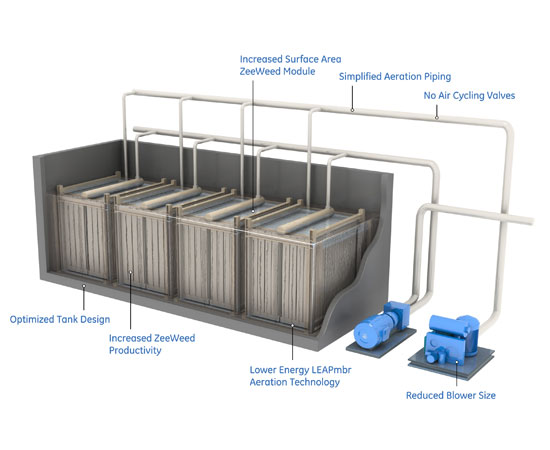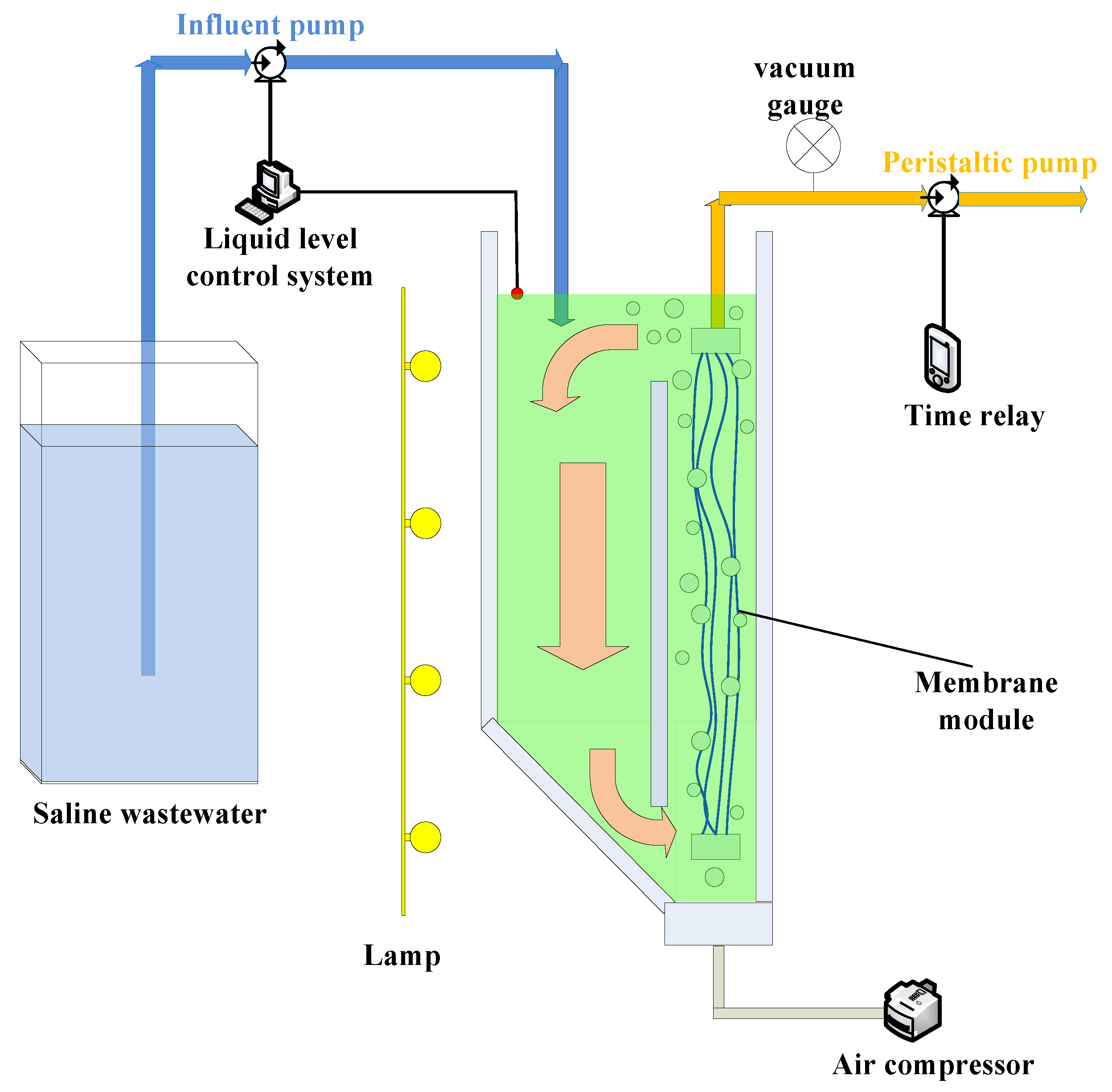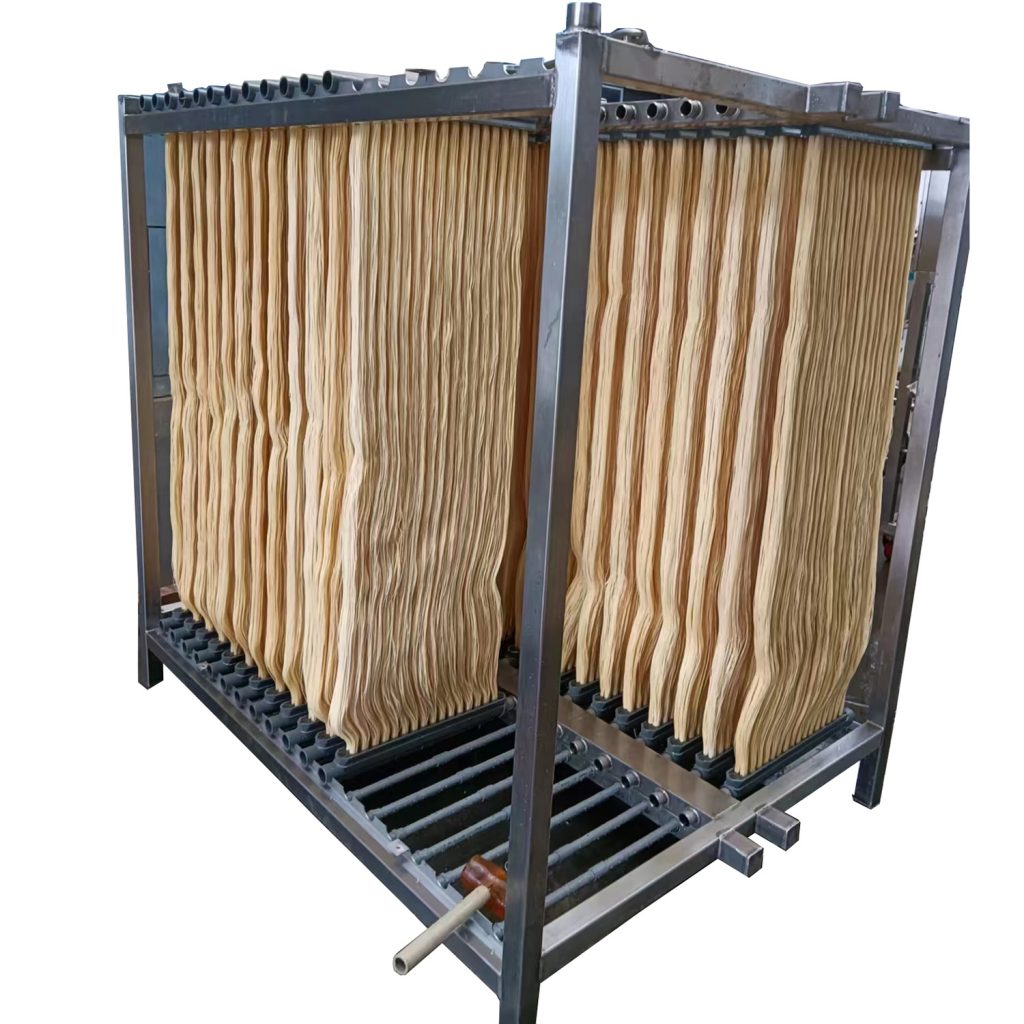Troubleshooting Common Issues with Membrane Bioreactor Systems
Troubleshooting Common Issues with Membrane Bioreactor Systems
Blog Article
Membrane Bioreactors Discussed: Effective Solutions for Tidy Water
Membrane bioreactors (MBRs) have actually emerged as a sophisticated solution for addressing the pressing difficulties of wastewater treatment - Membrane Bioreactor. By incorporating organic processes with sophisticated membrane layer purification, MBRs not only improve the high quality of treated water however also lower the spatial needs of therapy facilities.

What Are Membrane Layer Bioreactors?
Membrane bioreactors (MBRs) are innovative wastewater therapy systems that incorporate biological degradation procedures with membrane layer filtration modern technology. This combination permits the reliable elimination of impurities from water, making MBRs a recommended choice in various applications, including community wastewater treatment and industrial effluent management.

Among the vital benefits of MBRs is their ability to generate premium effluent, commonly appropriate for reuse in irrigation or industrial processes. Additionally, MBRs require a smaller footprint contrasted to conventional therapy systems, making them optimal for city settings where area might be restricted.
Additionally, MBRs can efficiently take care of varying influent loads and are much less vulnerable to the effects of harmful shocks. These characteristics add to their expanding popularity as a lasting remedy for addressing the boosting demand for tidy water while lessening ecological influences.
Exactly How Membrane Layer Bioreactors Job
While the procedure of membrane layer bioreactors (MBRs) may seem facility, it essentially focuses on the synergy in between organic processes and membrane purification. MBRs incorporate a biological therapy procedure, usually triggered sludge, with a membrane splitting up system to treat wastewater successfully.
In an MBR system, wastewater is very first introduced right into a bioreactor where bacteria degrade natural matter and various other pollutants. The organic activity reduces the focus of pollutants while advertising the growth of biomass. Following this organic treatment, the combined liquor undergoes membrane purification, which can be microfiltration or ultrafiltration, depending on the wanted effluent quality.
The membrane layers serve as a physical obstacle, allowing water and tiny solutes to pass while keeping suspended solids and bigger molecules. This enables the system to maintain a high focus of biomass within the reactor, enhancing the therapy performance.
Moreover, the continuous splitting up of treated water from the biomass facilitates a compact design and reduces the impact of the treatment center. On the whole, the mix of organic deterioration and membrane filtration in MBRs causes dependable and efficient wastewater therapy, ensuring top notch effluent ideal for various applications.
Advantages of MBR Innovation
Among the vital benefits of membrane layer bioreactor (MBR) technology is its ability to create premium effluent with a significantly reduced impact compared to traditional wastewater therapy approaches. MBR systems effectively combine biological treatment and membrane filtration, resulting in exceptional removal of pollutants, including suspended solids, pathogens, and raw material. This capacity brings about effluent that frequently meets or exceeds stringent regulatory criteria for reuse and discharge.
In addition, MBR modern technology enables Go Here for higher biomass concentrations, which boosts the therapy effectiveness and decreases the required activator quantity. This small design is especially valuable in city areas where space is restricted. The functional flexibility of MBR systems additionally suggests they can adapt to varying influent top qualities and flow prices, making them appropriate for a large range of applications.
In addition, the decreased sludge production related to MBR procedures adds to decrease operational and upkeep expenses. The membranes act as a physical barrier, decreasing the danger of clogging and allowing longer operational periods in between cleaning. On the whole, the advantages of this link MBR modern technology make it an appealing option for sustainable wastewater therapy, addressing both ecological concerns and the requirement for reliable resource administration.
Applications of Membrane Layer Bioreactors
With their flexibility and performance, membrane bioreactors (MBRs) discover applications throughout various industries, consisting of municipal wastewater treatment, commercial procedures, and also water reclamation. In local setups, MBRs provide a small remedy for dealing with wastewater, efficiently eliminating impurities while at the same time creating high-grade effluent that meets strict regulative criteria. This makes them specifically suitable for locations with restricted space.
In industrial applications, MBR technology is used for dealing with procedure water, specifically in sectors such as food and drink, drugs, and petrochemicals. These sectors profit from MBRs' capacity to take care of high natural lots and their performance in recovering valuable resources from wastewater, such as nutrients and water.
Moreover, MBRs play an essential role in water reclamation initiatives, enabling the reuse of treated wastewater for watering, commercial procedures, or even as drinkable water after further treatment (Membrane Bioreactor). Their performance in getting rid of virus and contaminants makes them a dependable choice for ensuring water top quality in numerous reuse applications
Future of Water Therapy Solutions
The future of water therapy services is positioned for transformative innovations driven by technical development and enhancing ecological understanding. As worldwide water deficiency becomes a pushing problem, brand-new methodologies, consisting of membrane layer bioreactor (MBR) systems, are established to play an essential function in improving the performance right here and sustainability of water treatment procedures.
Emerging technologies such as synthetic intelligence and artificial intelligence are anticipated to enhance therapy operations, permitting real-time tracking and anticipating upkeep. This will enhance the overall dependability and effectiveness of water therapy centers. Moreover, developments in membrane layer materials, such as graphene and nanofiltration, guarantee to raise permeation rates and decrease fouling, leading to reduced power intake and operational prices.
Furthermore, the combination of eco-friendly energy sources into water treatment plants will add to greener techniques. The circular economy model will likewise gain grip, urging the healing of important sources from wastewater, such as nutrients and power.
Final Thought

Membrane bioreactors (MBRs) have emerged as a sophisticated service for attending to the pushing difficulties of wastewater treatment. By integrating biological processes with advanced membrane layer purification, MBRs not just boost the top quality of cured water however likewise decrease the spatial requirements of treatment centers.One of the vital benefits of membrane bioreactor (MBR) technology is its ability to generate high-quality effluent with a considerably reduced impact contrasted to traditional wastewater treatment approaches.With their convenience and performance, membrane bioreactors (MBRs) find applications throughout different sectors, consisting of local wastewater treatment, commercial processes, and also water recovery.In final thought, membrane layer bioreactors stand for a significant improvement in wastewater treatment technology, integrating organic processes with reliable membrane filtering to create high-grade effluent.
Report this page